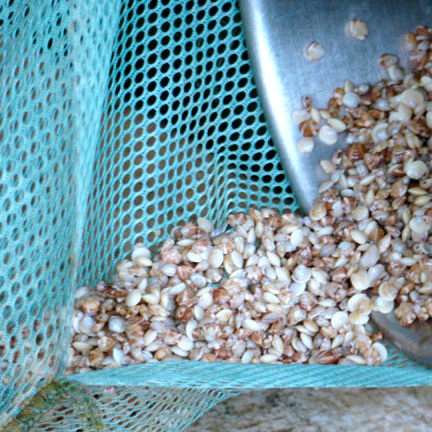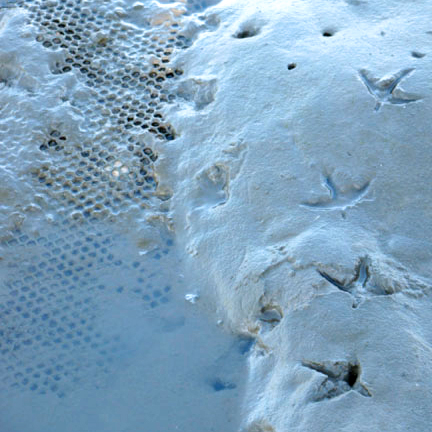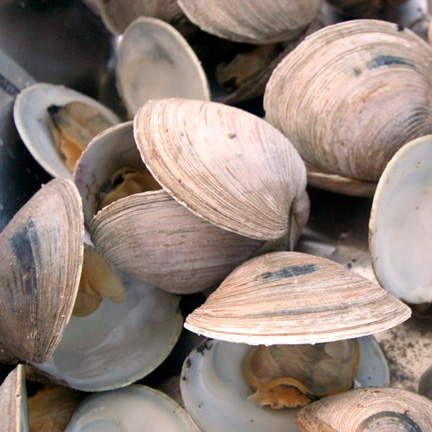


Clams Grown in Georgia
Oldest clam farm in Georgia, established in 1997
Clams Grown in Georgia
Oldest clam farm in Georgia, established in 1997
Delicious, Healthy & Sustainable
The unique waters around Georgia’s Sapelo Island are perfect for growing shellfish. Sapelo Sea Farms grows clams and oysters in these waters, where high tides and clean water result in sweet, succulent clams and perfectly salted oysters. With some of the largest tides on the Southeastern coast, averaging seven feet, and more than 30 percent of all of the east coast marsh helping filter and clean the water – Georgia’s ecosystem is ideal for growing and sustaining healthy fisheries.

The Right Way
Growing shellfish doesn’t involve pesticides, herbicides or growth hormones. In fact, shellfish clean the water as they filter out algae to grow.
The Right Way
Growing shellfish doesn’t involve pesticides, herbicides or growth hormones. In fact, shellfish clean the water as they filter out algae to grow.
Our History
Sapelo Sea Farms began in 1997 when The University of Georgia Marine Extension Service funded 750,000 growout seed through a grant as part of a program to begin an aquaculture program on the coast of Georgia. Clam seed are planted on shellfish leases in the waters around Sapelo Island. Currently, there are less than a dozen shellfish leases in Georgia. Sapelo Sea Farms holds five of the leases; growing clams on two of them and harvesting wild oysters from all five. Sapelo Sea Farms produces the vast majority of clams in Georgia and continually seeks new species for aquaculture opportunities.
Our Process
Life of a Sapelo Sea Farms clam begins when seed, about the size of a field pea (4mm), are obtained from a hatchery. These “nursery seed” are planted in mesh bags on mudflats where the tides continually nourish the seed as they grow for 4 to 6 months.
Once they reach the “growout” stage of 10mm, they are pulled and transferred into larger mesh bags then returned to the mudflats to continue to grow for approximately 18 more months. They are harvested when ordered and sold based on size.





